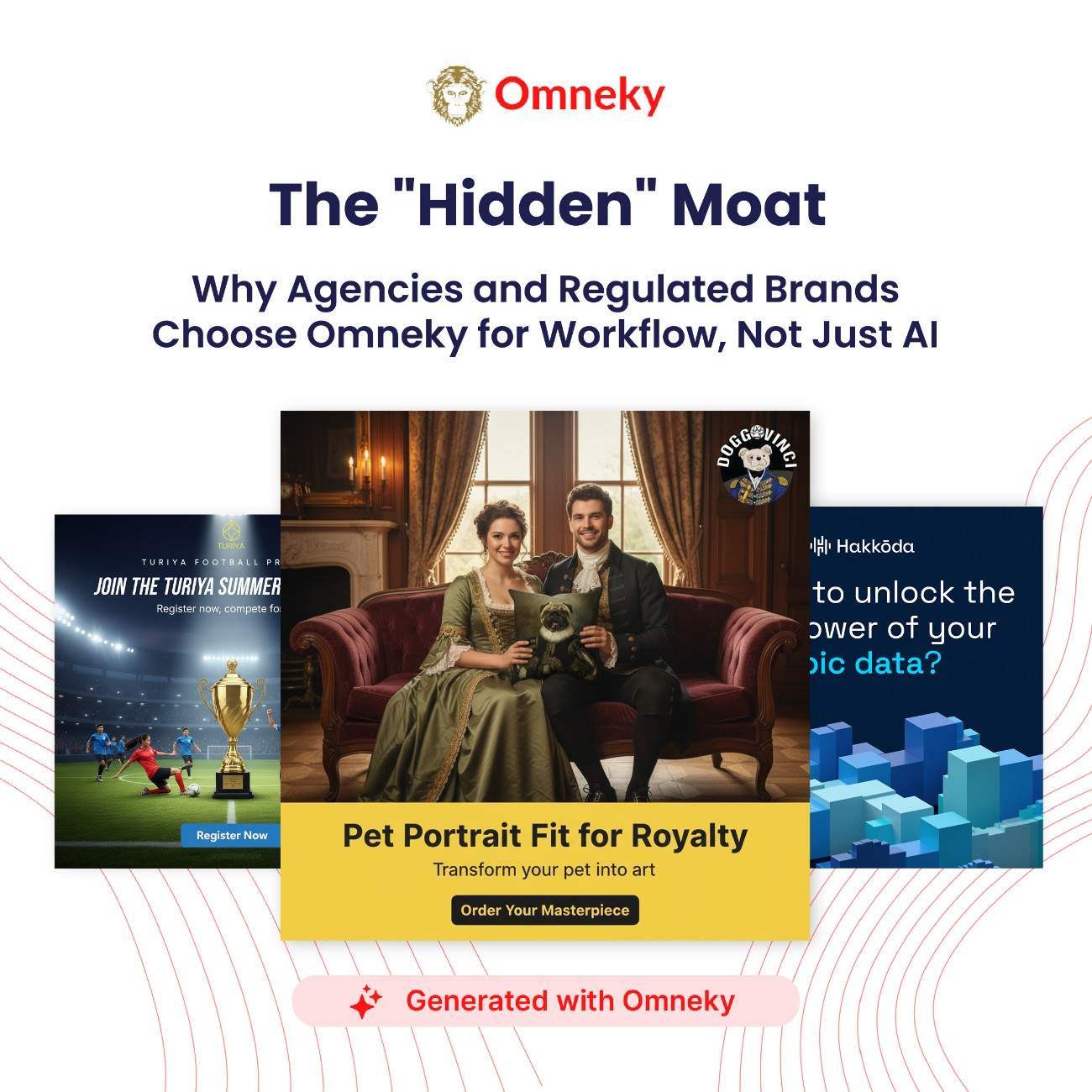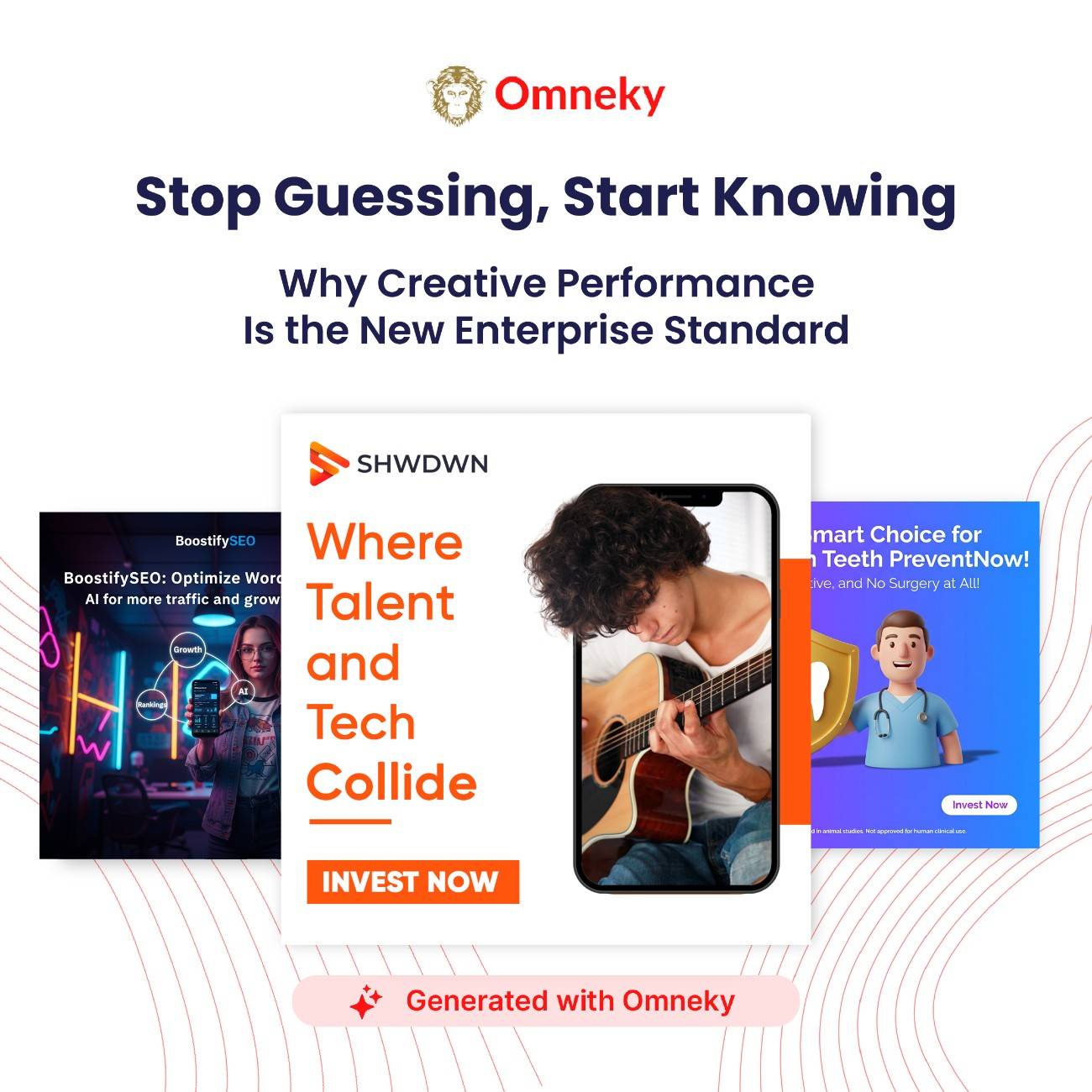Hitting the Bullseye: How To Create Quick and Effective Targeted Advertising Campaigns
The blog discusses how targeted advertising is crucial for modern business success. AI tools can be used to create personalized and effective ad campaigns by using customer data, geolocation targeting, life event targeting, and more.

Unlocking the full potential of targeted advertising is like hitting the bullseye in a game of darts. It requires precision, strategy, and a deep understanding of your audience.
Gone are the days of casting a wide net and hoping for the best. Today, success lies in understanding your audience’s desires, motivations, and needs—and then delivering tailored messages that resonate with consumers on a personal level.
Here, we dive into the best strategies for targeted advertising, such as utilizing information from recent purchase behavior, geolocation, and major life events.

Recent Purchase Behavior: How To Use Data To Reach Customers
Before you can start running targeted advertising campaigns, you need to know what your audience wants. This means doing your research. Diving into customer data and feedback will help you spot patterns in customer experience. Specifically, you can analyze the information found in:
- Transaction history
- Website analytics
- Social media interactions
- Product reviews
- Text of chats and calls
This in-depth understanding helps you to discern the products or services customers have previously purchased, so you can then tailor advertisements for similar offerings. Think of the personalized suggestions provided by platforms like Spotify or Amazon, which are based on individual listening and purchasing behavior. By distilling this information into trends of consumer behavior, you can create strategies that align with your discoveries.
What’s more, leveraging customer purchase data enables you to achieve several key objectives. For instance, it helps you predict future trends, allowing you to stay ahead of the curve and tailor your offerings accordingly. You can also identify the most effective ways to communicate with your audience. By understanding which channels your target customers frequent, you can invest your advertising resources wisely. Finally, you’ll also uncover different segments within your audience, so you can tailor your messaging and ads to resonate with each group.
It’s important to note that while collecting customer data, you must adhere to ethical standards and protect personal information. Respecting privacy concerns ensures a positive and trustworthy relationship with your customers.
Geolocation Targeted Advertising: Reaching Customers Where They Are
Geolocation targeting has become an invaluable tool in the world of targeted advertising. It allows businesses to reach customers precisely where they’re physically located.
This location-based marketing tactic utilizes geolocation data to deliver ads within specific geographic boundaries. When customers opt-in to share their location through apps, businesses can leverage this information to ping their devices with relevant ads when they’re within a certain area.
For businesses with brick-and-mortar stores, geolocation targeting presents a unique opportunity to capture potential customers who are in close proximity to their physical locations. By strategically dropping ads when a potential customer is nearby, businesses can increase foot traffic and drive conversions. This approach is particularly effective for offering location-specific promotions, discounts, or special events.
However, even for entirely digital businesses, geolocation targeting holds great potential. Hyper-local marketing enables businesses to personalize their ads based on the customer’s location. By incorporating location-specific information or references into the ad content, businesses can create a sense of relevance and connection with their target audience.
Life Event Targeting: Capitalizing on Major Life Milestones
Life event targeting is a powerful marketing strategy that capitalizes on significant milestones in customers’ lives, such as getting married, moving, or starting a new job. These life events often bring about a shift in needs and purchasing behavior. So, it’s an opportune moment for businesses to engage with their target audience. By understanding the influence of life events on consumer behavior, businesses can effectively use targeted advertising campaigns at the right moments.
The first step in life event targeting is gaining a deep understanding of your audience. Beyond surface-level demographics, it’s essential to delve into their values and motivations. Creating buyer personas will help, but they should encompass more than just basic facts. Personas should also incorporate psychographics.
For instance, explore which social platforms direct customers to your site and analyze the keywords they use during searches. This will reveal not only factual information about your customer base but also the nuances in their language usage and web surfing habits. Such psychographics complement demographic data and provide a more comprehensive impression of your audience.
Let’s consider a sector of your audience consisting of women in their 30s who reside in urban areas, as indicated by demographics. Psychographics can provide further insight, revealing that this audience values independence, thinks intuitively, and makes decisions spontaneously. Armed with this knowledge, you can tailor your marketing messages to resonate with their specific motivations, preferences, and needs during significant life events.
Layered Targeting: Combining Different Targeting Methods for Maximum Impact
The most effective marketing is a game of accuracy. Taking a shotgun approach and sending out a mass campaign will only get you so far. Cut-and-paste templates and general “pick me” language are a thing of the past and may actually hurt your business.
Targeted advertising is customer-centric. Appealing to the individual builds trust and gets your audience more emotionally invested. One way to do this is by layering tactics to better personalize ads. This is a more effective use of your budget, and it delivers a better return on investment (ROI).
Use these tips to combine multiple targeting models to optimize your ad campaigns:
- Consistent Messaging: When you use an omnichannel approach, you must ensure your messaging is consistent. If the flow or language feels different from one platform to the next, your customers will be left feeling confused.
- Combine Demographic, Psychographic, and Behavioral Marketing: By combining these different targeting methods, businesses can create detailed and nuanced audience segments. This allows for highly personalized and effective advertising campaigns.
- Use AI Tools To Boost Efficiency: Crafting the perfect messaging for your targeted advertising doesn’t have to be tedious. Artificial intelligence (AI) can enhance your productivity and scale your personalized campaigns.
- Tap Into Customer Feedback: Regularly analyze and refine your targeting strategies based on performance metrics and customer feedback.
The Future of Targeted Advertising
Targeted advertising has become a game-changer in connecting with your target audiences. By leveraging customer data, geolocation targeting, life event targeting, and layered tactics, you can optimize your marketing campaigns for precision and personalization.
The world of advertising is constantly changing. Staying on top of new trends and technologies is critical to keeping your competitive edge. Omneky captures the synergy of the newest AI technologies and the brilliance of human creativity. Schedule a demo to see how we can create the perfect ad for each segment of your target audience.



